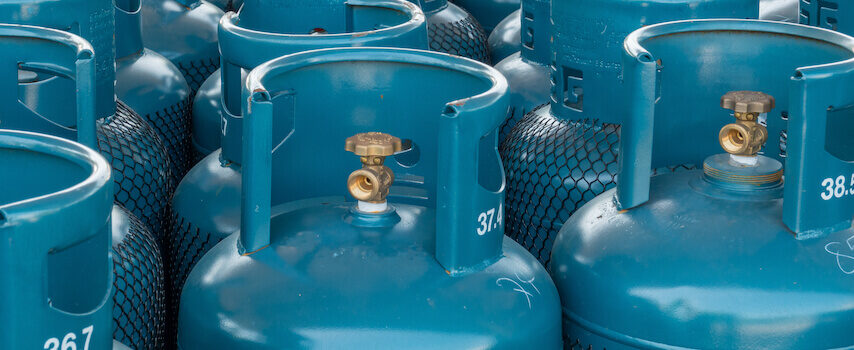The two main ways we heat our home can both be great options depending on where we live. Both will do their job: to keep your family warm and comfortable, but how might they be different and which one is right for you?
Do you find yourself asking these questions but are unsure where to go next? Keep reading here to find out what sets them apart, and therefore which one is right for your home to stay warm this winter.
Delivery
If you live in a more remote area, propane might be the way for you. This is because with natural gas you’ll have to be connected to the pipeline. If you aren’t familiar with this, think of it as getting city water that you’d also just be billed for depending how much you used per pay period.
Along the same lines with water, if you are more remote, a water well will likely be the better option. Although it’s not a well for propane but a tank that you’ll keep. All you’ll have is the tank and you’ll have to set up propane delivery. You’ll be able to have the delivery come automatically and they’ll refill the tank for whatever was missing. The other option you’ll have is to call it in yourself, but for that you’ll obviously have to monitor the amount left in your tank regularly.
Efficiency
Fuel’s energy production is measured in BTUs, and when looking by the cubic foot, natural gas burns at around 1,030 BTUs. The same amount of propane burns at around 2,516 BTUs therefore propane can burn at around double the heat of natural gas.
This is obviously a big difference but it’s important to note here that they don’t cost the same price. Per unit volume, propane is going to come in at around 2.5 times the cost of natural gas. With that in mind, things are going to end up being close in price given you have the option for either.
Installation
Given there might not be a major difference in price, it’s important to consider what you already have set up in your home and what the options are considering where exactly your home is. To have a natural gas system, pipes that the gas company will own, do have to run to your home.
If that service isn’t offered, you might not have the option to choose from either. Given propane is what’ll make sense for you, do you have size options when installing your tank. The larger size obviously means the longer you’ll be able to reheat your home in between visits from your delivery company of choice and the small option allows for more portability if that’s what is needed for you.
If you live in a home where both options are available you’d be able to switch from one system to another through a conversion kit but you likely won’t be able to try and use both at the same time.













